Life
Sign up for our newsletter
We summarize the week's scientific breakthroughs every Thursday.
-
 Life
LifeBrain cell insulators are short-timers
Limited myelin production time may make it harder to repair nerve casings damaged by multiple sclerosis.
-
 Life
LifeCabbage circadian clocks tick even after picking
Daily cycles in vegetables help ward off hungry caterpillars.
-
 Life
LifeOn the trail of a new virus
Map of MERS infection finds microbe spread through hospital dialysis units.
-
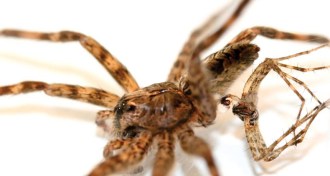 Animals
AnimalsIn dark fishing spiders, males’ postmating nap is permanent
Species prepares for two pairings but goes into a fatal coma after a single encounter.
By Susan Milius -
 Animals
AnimalsOysters may struggle to build shells as carbon dioxide rises
Ocean acidification could hamper larvae's growth.
By Erin Wayman -
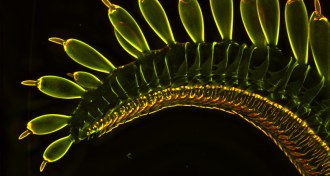 Animals
AnimalsButterflies’ tidy drinking tricks
The long tube of the insects' mouthparts is fluid friendly only at the tip.
By Susan Milius -
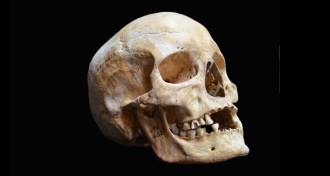 Life
LifeLeprosy bacterium changed little in last millennium
Genome alterations probably not responsible for decline in disease prevalence.
-
 Life
LifePrimitive fish could nod but not shake its head
Ancient fossils reveal surprises about early vertebrate necks, abdominal muscles.
By Erin Wayman -
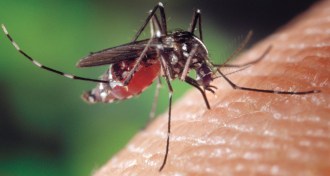 Animals
AnimalsIn the Eye of the Tiger
Global spread of Asian tiger mosquito could fuel outbreaks of tropical disease in temperate regions.
-
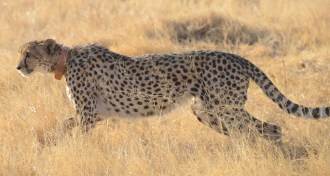 Life
LifeIn the real world, cheetahs rarely go all out
Famous for speed, the big cats actually rely on acceleration and maneuverability to capture prey.
By Susan Milius -
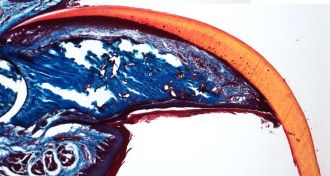 Life
LifeNail-generating tissue also regrows fingertips
Stem cells spur return of amputated digits in mice
-
 Animals
AnimalsNow-extinct wolf may be ancestor of modern-day dogs
No strong signs of canine ancestry among living grey wolves.